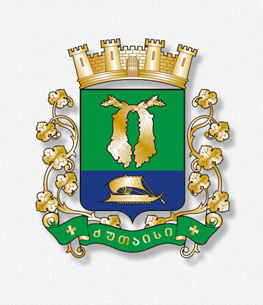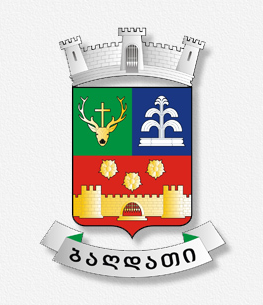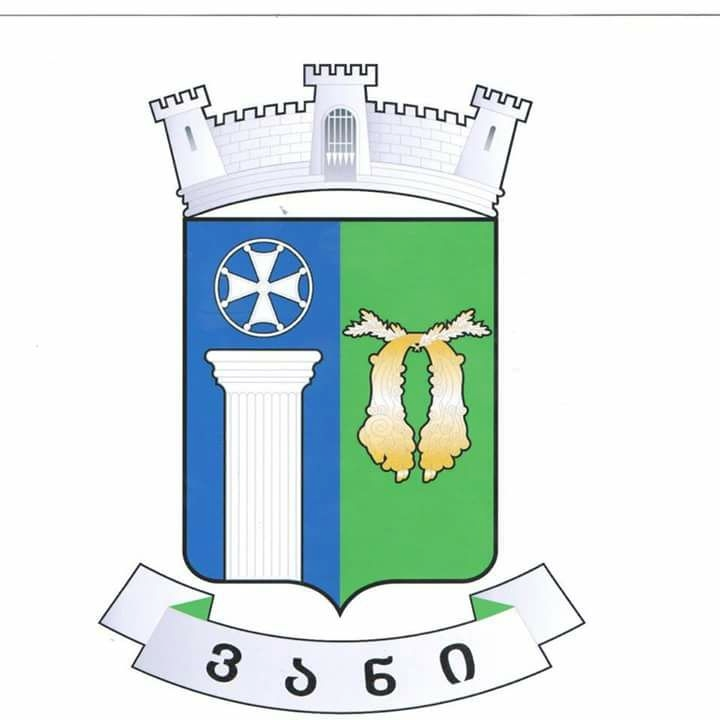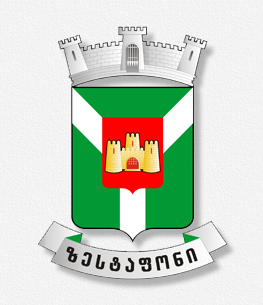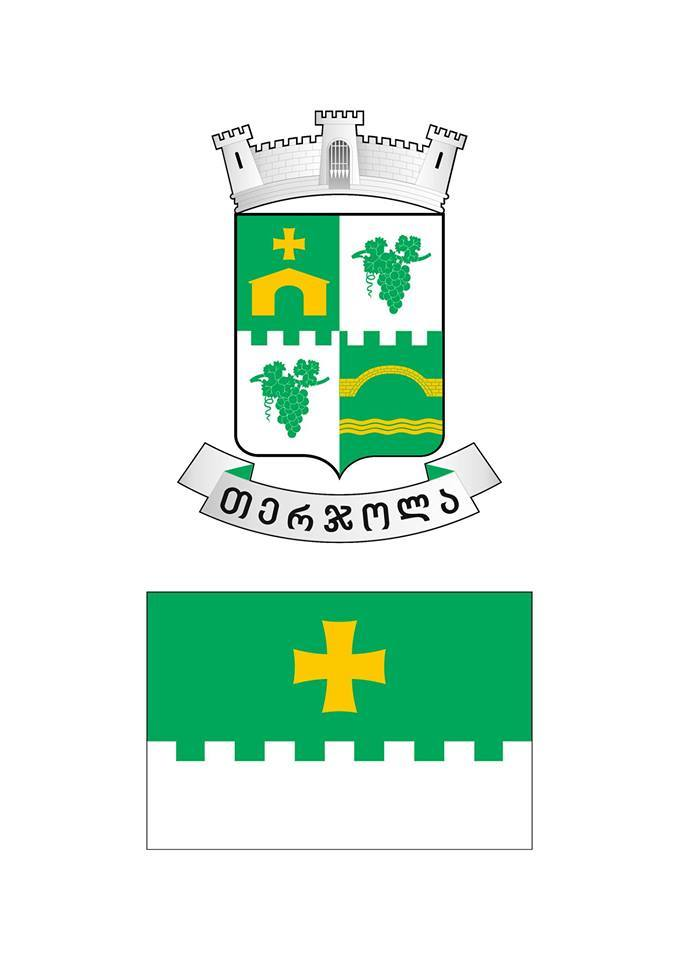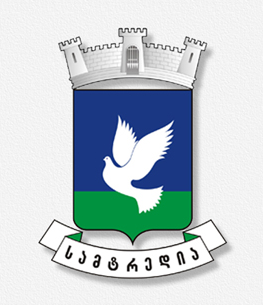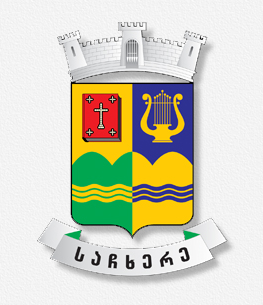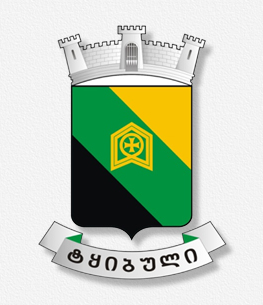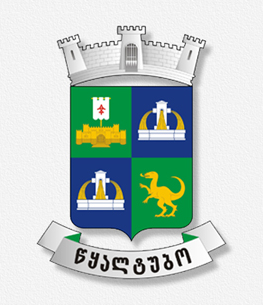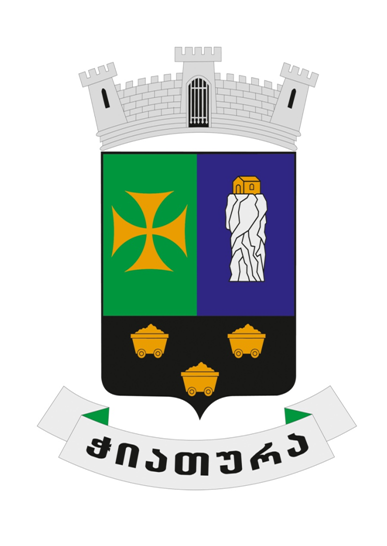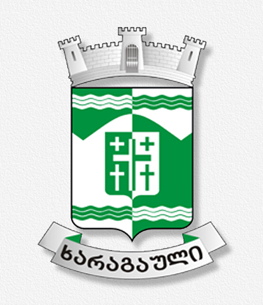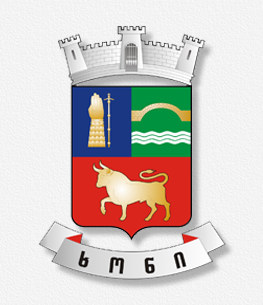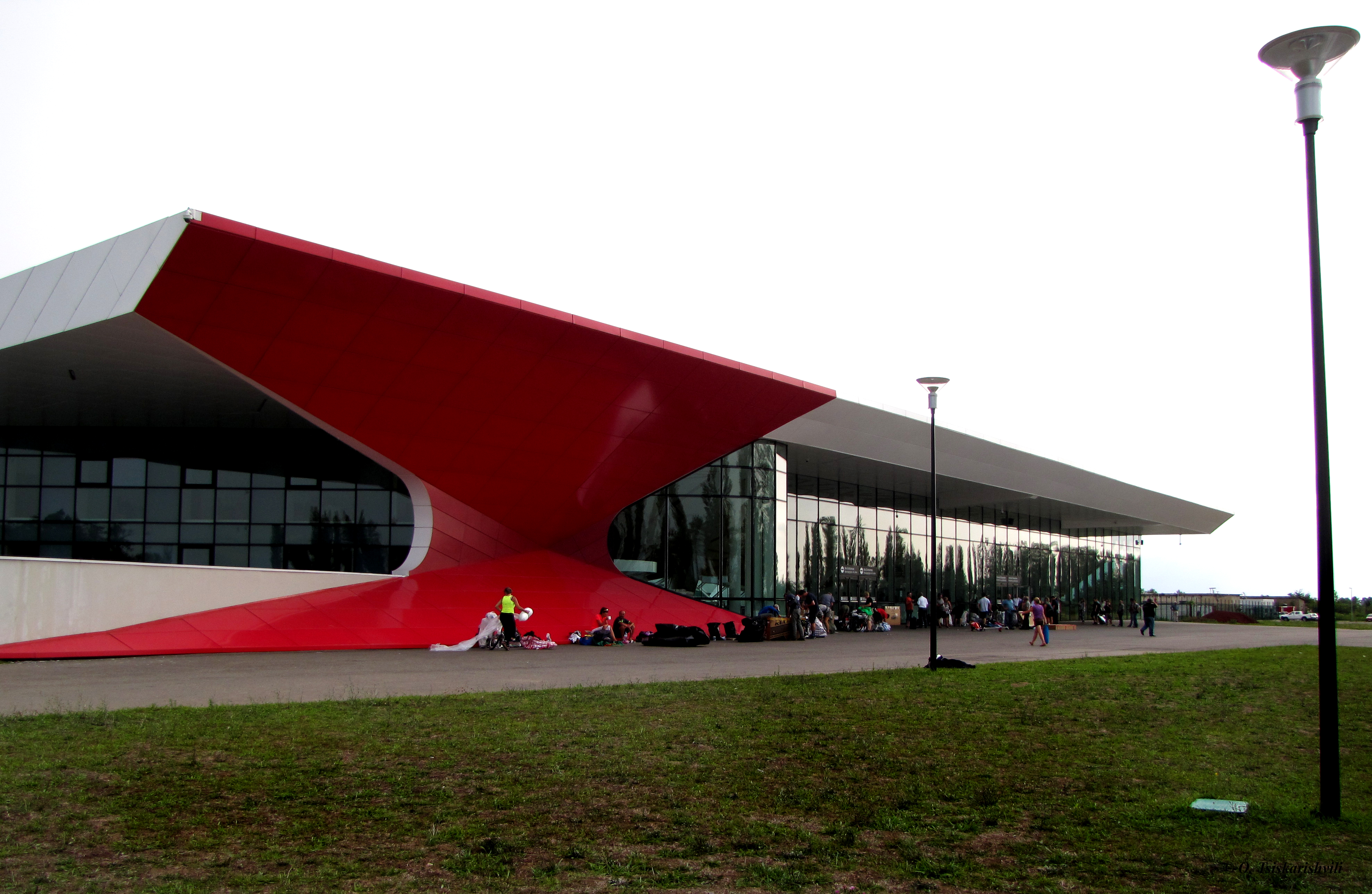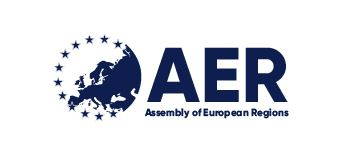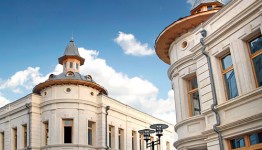Projects
The Kutaisi City Centre Restoration Project
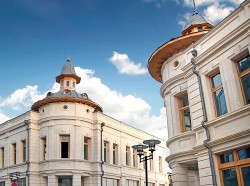
On the initiative of the President of Georgia, the Georgian Government made a decision in September 2007 to renovate the historical parts of Kutaisi. The work started in November 2007. The project has several construction stages. The first stage was the reconstruction and restoration of the Royal District, the White Bridge and the area surrounding it and Tsisperkantseli, St. Nino, Tsereteli and Pushkin Streets. From 38 restored buildings, seven have been built from the start. As part of the scheme, extensive below ground work was undertaken including the replacement of electricity cables and gas and water pipes, the repaving of streets and the installation of modern street lighting. The restoration and rehabilitation of the historical area was undertaken following extensive archival research.
Kutaisi Akaki Tsereteli Public
School No. 1
A college was first established in Kutaisi in 1830. It was re-organised as a Boys Gymnasium in 1850 and again as a Classical Gymnasium in 1875.
The building we see today was designed by the architect Lukashev in 1901. When built it included a church, an assembly hall, a staff room and an administration office. The first students moved in at the start of the academic year 1903-1904. The construction of supporting buildings was completed in 1909 and since then the Gymnasium has been one of the finest examples of architecture in Kutaisi.
Many notable public figures, prominent writers and poets studied at the Gymnasium including such as Akaki Tsereteli, Niko Nikoladze, Ekvtime Takaishvili, Vladimir Mayakovski, Dimitri Uznadze, Shalva Nutsubidze, Galaktion Tabidze, representatives of Tsisperkantselebi, etc.
It has now been restored to its original appearance.
Radium Cinema
The Radium cinema was opened in 1908 in a house belonging to the brothers Otskheli, next to the Opera and Ballet House. It was provided with its own power unit and heating facilities and had two halls but could seat only 70-80 spectators. Following its destruction by fire in 1910 the Radium was rebuilt according to blueprints by the engineer Frick and the new building was capable of seating an audience of 400.
At the request of Vasil Amashukeli, the facade of the building was copied from the Express cinema in Moscow.
The first Georgian cameraman Vasil Amashukeli worked in the Radium as a mechanic. He presented his full-length documentary "Akaki's Journey to Racha and Lechkhumi" here and the first showing was attended by the prominent writer Akaki Tsereteli himself.
It has been fully restored.
Mon-Plaisir Cinema
The Monplaisir was the second cinema to be opened in Kutaisi. It was situated in the house of Stapane Peikrishvili, next to Kutaisi Puppet Theatre, and belonged to the film enthusiast Gabriel Cherekishvili.
Its original proscenium arch has been restored.
Orient Hotel
The site of this hotel was owned initially by the honorary canonic Ioseb Khanumov and was bought for 6000 roubles in 1891 by the nobleman Dutu Ninua. He built a two-storey structure here which included the luxury sixteen-room Orient Hotel on the top floor. Although the Orient changed ownership several times, it remained a top class sixteen-room hotel until it was municipalised in 1922. It was then closed and the building was converted, first into a tourist agency and later into a children's clinic.
Following the recent renovations the building has been restored to its original appearance.
Golden Marquee
The Golden Marquee is one of the palaces of the Imeretian Kings which has survived until the present day. It dates from the 15th century.
Originally it stood on twelve columns joined by arches. Three of the columns let the water pass through during high tides. The building was protected by a limestone tower and a garden, planted next to the Golden Marquee, greatly enhanced its beauty. One ancient maple tree from the old garden survives to this day.
White Bridge
The bridge was designed by the engineers Zezeman and Perep and constructed in 1871-1872. It is called the `white` simply bridge because it has always been painted that colour.
It has three spans and is supported by arched wooden posts, the remnants of a previous bridge built by Captain Vite in the 1850s. That bridge collapsed in 1861. The metalwork of the present bridge was made in London.
The bridge was widened in 1948-1949.
Puppet Theatre
Kutaisi State Puppet Theatre is situated in what was originally the home of Stepane Peikrishvili, a Second Guild Merchant. The house architect was named Treieri. It is a two-storey house adorned with light Eklari stone, with basement and mansard roof. Its fine decoration is the work of the famous sculptors Iakob Nikoladze and Serapim Pololikashvili.
The Kutaisi Branch of Volga-Kama Bank was located in the roof in 1910.
In 1946 the Puppet Theatre started functioning on the ground floor.
St. Nino’s Gymnasium - Public School No.3
On May 14 1847 the St. Nino Women's Charitable Society, together with Maria Espokho, the then Kutaisi Governor's wife, made the decision to establish a women's college in Kutaisi. The building to be used for the college was selected in 1857. It was built by Elizaveta, the wife of Vorontsov, the Tsar’s Governor-General in the Caucasus at that time with her own expenses. It was completed in 1863. The college was re-organised into a Gymnasium at the time of a visit to Kutaisi by the great Governor-General in the Caucasus, Mikheil, son of Nikoloz, in 1876. Its original name, St Nino’s, was for some time changed to St. Olga but was restored as St Nino’s Gymnasium in 1889.
The project of the Gymnasium was designed by the engineer Fon-Schutz that year.
The school has undergone a full-scale restoration
National Bank of Georgia
This splendid building was designed by the engineer Sakharov and constructed in 1894-96.
In 1904 the Credit Society mortgaged the building, together with other real estate properties, to the Estate Bank.
In 1921, soon after the start of Georgia’s Soviet period, it was used to house the Kutaisi Provincial Militia, but from 1927 the building served as the Kutaisi Department of the State Bank of the USSR.
In 1992 it re-opened as the Georgian National Bank, Kutaisi Branch.
Video
News calendar
 |
April 2025 |  |
||||
|---|---|---|---|---|---|---|
| Mon | Tue | Wed | Thu | Fri | Sat | Sun |
| 1 | 2 | 3 | 4 | 5 | 6 | |
| 7 | 8 | 9 | 10 | 11 | 12 | 13 |
| 14 | 15 | 16 | 17 | 18 | 19 | 20 |
| 21 | 22 | 23 | 24 | 25 | 26 | 27 |
28 | 29 | 30 | ||||
Calendar




